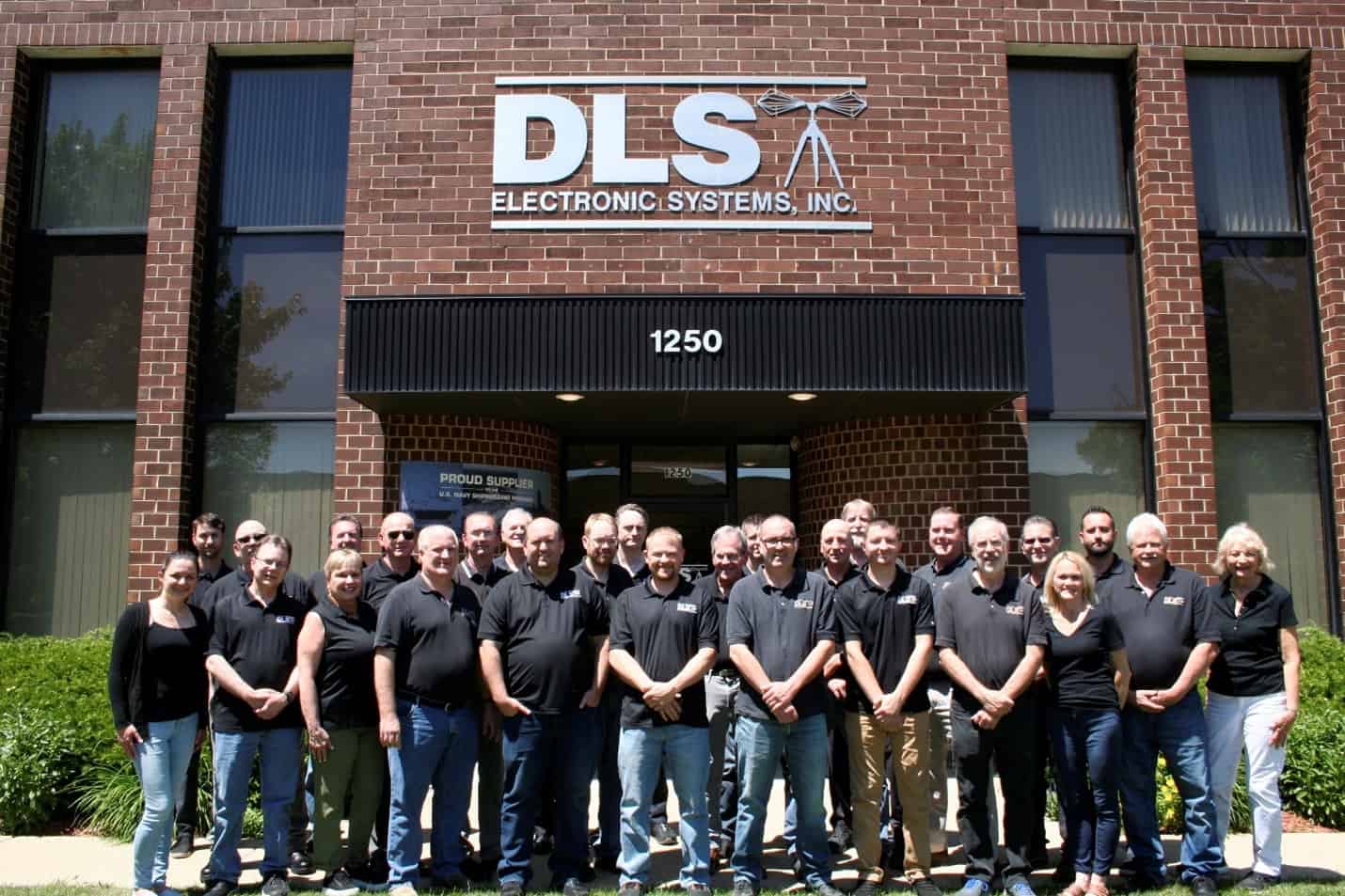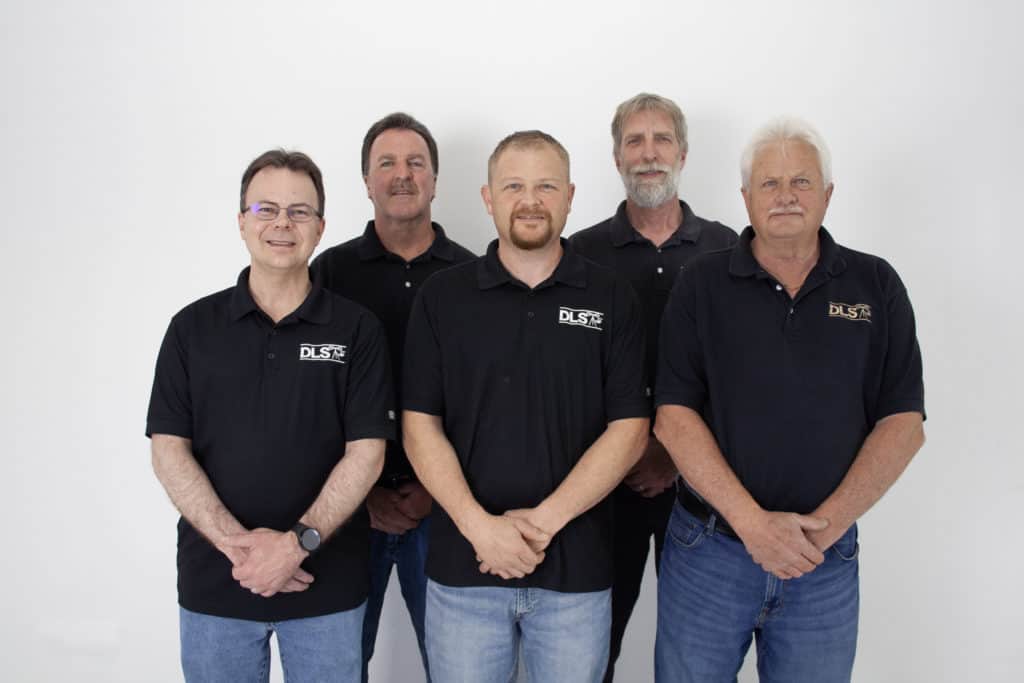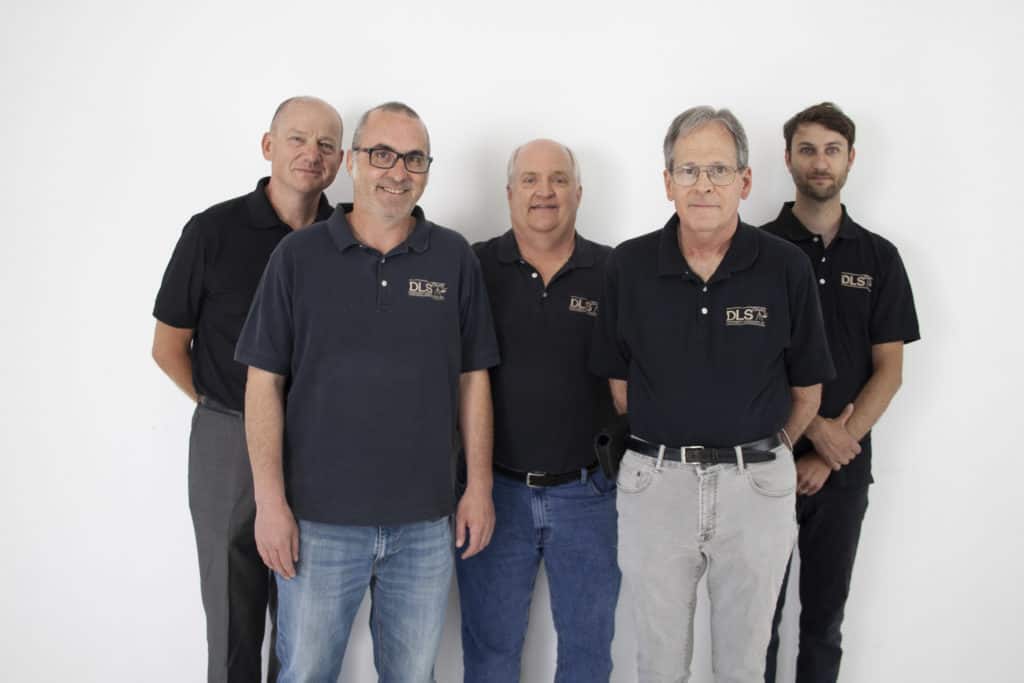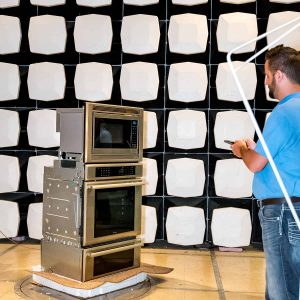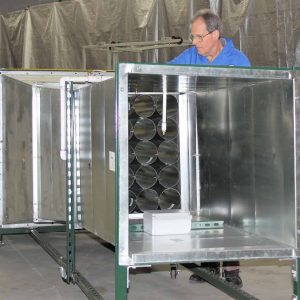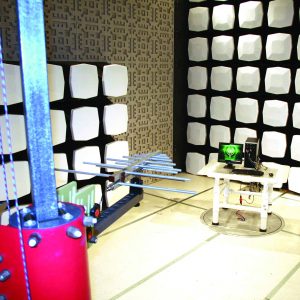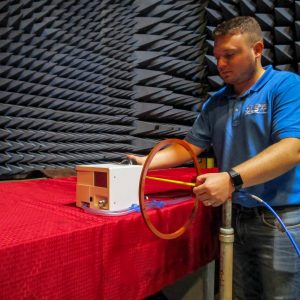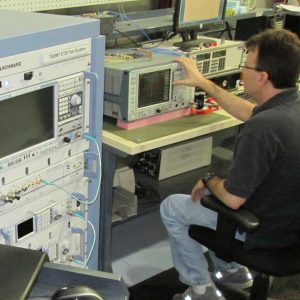Welcome to
D.L.S. Electronic Systems, Inc.
D.L.S. Electronic Systems, Inc.
You can ensure your products are in compliance by using D.L.S. Electronic Systems' full service laboratory offering testing, consulting, engineering services & problem solving for your EMI/EMC, Wireless, Product Safety & Environmental needs.
The D.L.S. Advantage
- 40 years compliance testing experience
- Full range testing services, including EMI/EMC, Safety, Environmental, and Wireless
- An experienced staff of iNARTE certified engineers
Our testing, consulting & engineering services
D.L.S. Electronic Systems is here for you. We do the research, make the recommendations, perform the testing, compile the report, submit the filings, and follow each project through completion to ensure a smooth and timely route to product compliance.
We aren’t just a test lab. We are an engineering firm. We will teach you how to design your product for compliance. If you have a compliance issue, we will work with you to find a solution. Please Contact Us or Request a Quote for a smooth testing experience.
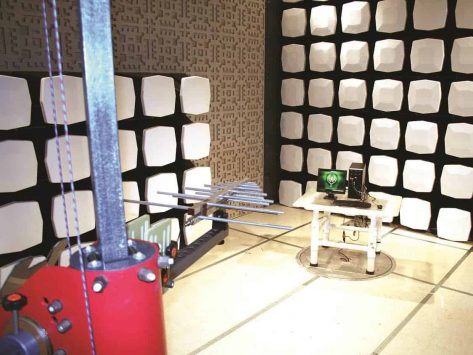
EMI/EMC Testing
D.L.S. Electronic Systems, Inc. provides EMI/EMC Testing and consulting services to the Electronics, Medical Equipment, Automotive, Aerospace, Computer, Industrial Equipment, Laboratory Equipment, Military, Restaurant and Household Appliances, Telecommunications, and other industries. We are an ANAB accredited test facility, capable of testing electronic equipment to today's high frequency requirements. Our 16 Test chambers and 3 Open Area Test Sites can perform full scan Immunity and Emissions testing at frequencies up to 40 GHz. Please Contact Us or Request a Quote for your specific requirements.

Environmental/Climatic/Mechanical Testing
D.L.S. Wheeling, IL, East Campus provides testing services for Environmental Testing under its accredited ANSI/ANAB ISO 17025 program. This globally accepted accreditation covers environmental, climatic, and mechanical testing that includes vibration and shock, temperature extremes, sand and dust, fluid and chemical resistance, altitude, humidity, salt spray, ingress protection, icing, flammability, explosive atmosphere, and other related testing services for Military, Aviation and Avionics, Industrial, Medical/Laboratory, and Automotive markets. Please Contact Us or Request a Quote to find out how we can help you with your environmental or safety testing needs.
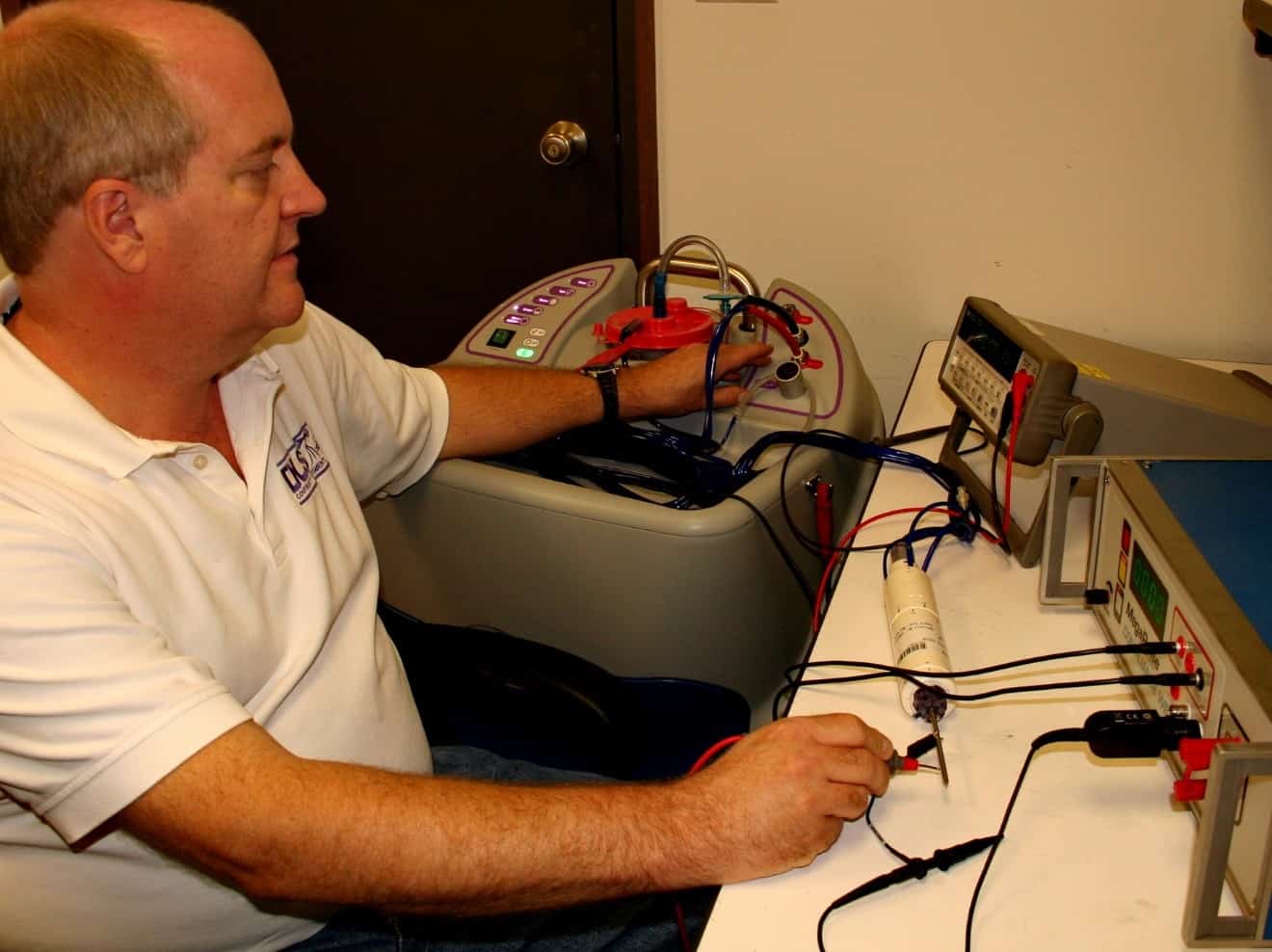
Product Safety Testing
Conformity Assessment at the D.L.S. Wheeling, IL, East Campus provides Product Safety Testing and Evaluation under its accredited ANSI/ANAB ISO 17025 program. This globally accepted accreditation covers electrical and related mechanical testing that includes US, Canada with our NRTL Nemko program, Europe, United Kingdom, Australia, and other global markets. It is an accredited product safety testing and consulting organization within the D.L.S. corporate umbrella. The Conformity Assessment group offers full compliance testing services for UL, Canada, CE Mark, UKCA Mark, IEC, ISO, SAE, and other compliance requirements for ITE/Multi-Media, Household and similar appliances, Restaurant Equipment, Industrial Machinery, Medical, Laboratory-Test Measurement, and Automotive equipment. Please Contact Us or Request a Quote to find out how we can help you with your environmental or safety testing needs.
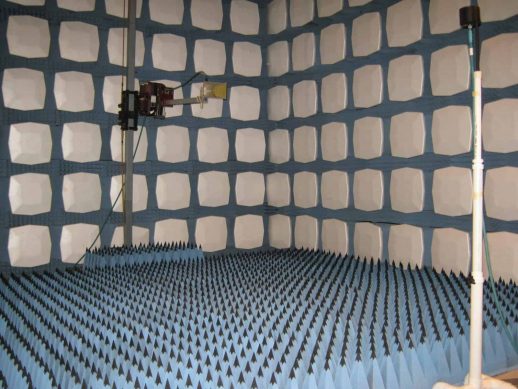
Wireless/Radio Testing
At D.L.S. Electronic Systems, Inc. in Genoa City, WI, the testing and compliance of your Wireless Device will be accomplished with accuracy, precision and efficiency. Our 35+ years of experience and knowledge with Wireless Devices, as well as our commitment to understanding the continuous evolution of technologies and regulations, will ensure every project is done right the first time. Please Contact Us or Request a Quote to get Wireless/Radio project started.
D.L.S. Certifications and accreditations
ANAB/iNARTE
D.L.S. Electronic Systems, Inc. is a fully accredited facility.
D.L.S. is an approved laboratory for FCC, ISED Canada, ACMA, VCCI and other global requirements.
D.L.S. is accredited by ANSI under their ANAB program to ISO/IEC 17025. This globally accepted program covers environmental testing under MIL-STD 810, MIL-STD 202, RTCA DO-160, ANSI, ASTM, IEC, ISTA, NEMA, and SAE standards and we are able to test to many of your requirements including, but not limited to, ANSI, CE/UKCA mark, KC, ACA, CISPR, CSA, EN, ETSI, FCC, ISED Canada, IEEE, IEC, MIL-STD, and RTCA DO-160.
D.L.S. also offers a complete product safety testing program at our Wheeling East Campus, specializing in compliance for the European Union under the CE mark. D.L.S. supports product safety testing requirements under the Low Voltage Directive (LVD) 2014/35/EU, the Medical Device Directive (MDD) 93/42/EC, the Machinery Directive, 2006/42/EC and the safety requirements found in the Radio Equipment Directive (RED) 2014/53/EU.
D.L.S. can also provide U.S. and Canada safety programs, as well as other countries through our partner lab affiliations. Let our experienced product safety engineering staff help determine how best to show compliance in the global marketplace.
We are also an iNARTE Certified Organization.
Please Contact Us or Request a Quote to find out how we can help you test and meet your product’s compliance needs.
DON’T OVERLOOK THE FACT THAT
Compliance Matters
There are many different testing standards in the electronics world that are necessary to pass in order for your product to be allowed into markets of the countries all over the world. Please Contact D.L.S. or Request a Quote to find out how we can supply you with the expertise you need.
Getting Agency Approval
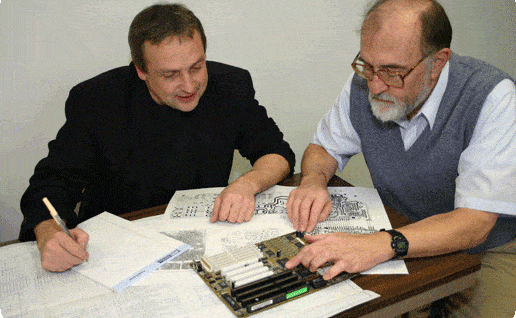
what compliance means
Ask for a quote from D.L.S. today to see how we can meet your electronic product compliance needs.
we can do it
Get in touch
- 847-537-6400
- 847-537-6488
- sales@dlsemc.com
- Expertise
- Experience
- Exceptional Service
Our experts
meet our employees

Donald L. Sweeney
Founder of D.L.S. President 1983-2021
Senior EMC Engineer
Specializing in EMC/EMI and RFI Testing and Consulting
Don was a graduate of the Department of Electrical Engineering, University of Illinois at Urbana with over 50 years experience in the EMC and electrical engineering fields. He taught EMC at the University of Wisconsin and electronics at Oakton College before creating his EMC By Your Design seminars and forming the six-member D.L.S. Instructor Team. Don contributed to many chapters of the current seminar textbook, Controlling Radiated Emissions by Design (2014). He also wrote the chapter “Understanding the Role of RTCA DO-160 in the Avionics Certification Process” in the 2013 Digital Avionics Handbook. Before forming D.L.S., Don worked for Extel, Teletype, Gates Radio and Collins Radio. To read about his legacy, please click here.
Corey Sweeney
President
Current President
Corey L. Sweeney has been at D.L.S. since its inception and has held a diversity of jobs over the years. Due to his forward thinking, Don often involved him in management decision making, leading Don to appoint Corey to succeed him as President.
Co-Founder, CEO and Advertising Manager
Marilyn has been a part of the company since its inception in 1983, assuming various positions over the years. She has co-authored many industry-related papers. She has a MA in Written Composition from Northeastern Illinois University. Marilyn is the wife of D.L.S.’s late founder, Donald L. Sweeney.
Marilyn Sweeney
Chief Executive Officer

Brian J. Mattson
General Manager
Specializing in EMC/EMI and RFI Testing and Consulting
Brian has been with D.L.S. for over 30 years. He was appointed to the position of General Manager in 1996. Before that he held roles as Lab Manager & EMC Test Engineer. Brian has an EET degree from DeVry Institute of Technology and has completed his CBA from UIC. He has been involved with all aspects of D.L.S. using Don as his mentor to gain the Business & Technical knowledge needed to run the company on a daily basis. He is a member of the IEEE EMC Society & is involved with the ACIL.
Wheeling Lab Manager Specializing in EMC/EMI and RFI Testing and Consulting
Mark has been with D.L.S. for over 20 years. Before becoming Lab Manager, he held roles as Senior EMC Test Engineer and Technical Writer preparing MIL-STD test plans. Mark, a certified iNARTE engineer since 2003, has an EET degree from DeVry Institute of Technology in Addison.

Mark Rozema
Wheeling EMC Lab Manager

Bill Stumpf
Genoa City, WI
Testing Facility Manager
Senior EMC Engineer
iNARTE Accredited Test Laboratory Engineer
Bill is the technical lead for EMC regulatory compliance, working in the field of EMC Measurement and Consulting since 1982, and specializing in wireless and radio compliance. Bill has been an active member of the ANSI Accredited Standards Committee C63® since 2004, including activities on the C63.4, C63.10, C63.26, C63.29 & C63.30 working groups and associated task groups, and is a current member of the Telecommunication Certification Body (TCB) Council having recently served on their Board of Directors.Bill is a member of the Institute of Electrical and Electronic Engineers (IEEE) EMC Society, and holds a bachelor’s degree in Electrical Engineering from DeVry University, Chicago, IL.For more information about IoT and wireless compliance regulations, you can go to IoT Appliances or Request a Quote.Specializing in Product Safety and Environmental Testing
Mitch has enjoyed a career spanning over 20 years in engineering and management with growth and mature businesses. Having extensive knowledge of testing and compliance he has been managing D.L.S. Electronic Systems’ Conformity Assessment – Environmental and Product Safety divisions of D.L.S. ES.
He spent 15 years combined at D.L.S. ES in engineering testing and management positions and eleven years in engineering and marketing at Charles Industries.
Mitch holds BSEET from DeVry University and MS in Business from Northwestern University in Evanston, IL.
For more information regarding Product Safety or Environmental Testing, please go to Product Safety Testing or Environmental Testing at D.L.S. or Request a Quote.

Mitch Gaudyn
Technical Facility Manager
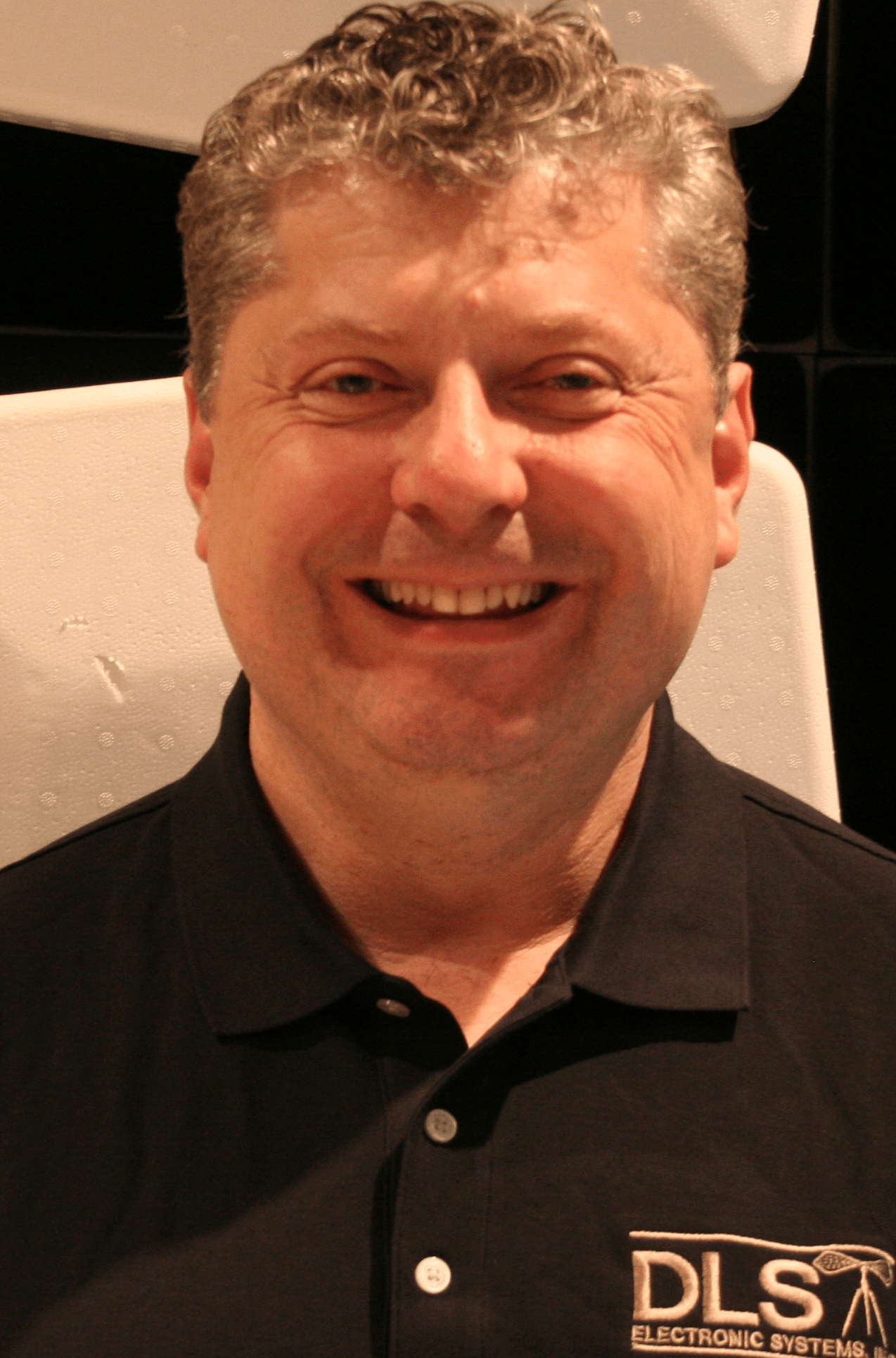
Jack Prawica
1970-2021
In honor of Jack Prawica
D.L.S. was fortunate to have had Jack our as Technical Manager and Wheeling Lab Manager for 29 years. His quick smile and caring attitude, in addition to his technical and management skills, will be deeply missed. Thank you, Jack, for your years of loyalty and dedication and for the skills you have shared with other engineers who will be carrying on your work.
Our engineering staff is accredited by iNARTE, the International Association of Radio and Telecommunications Engineers, Inc. The US Navy, through NAVAIR to ensure that their equipment was being tested correctly, established this program in the late 1980s. This program exists today, with prospective engineers required to take and pass a written certification examination test. Most NAVAIR related programs still require that the testing be performed, certified, or supervised by iNARTE engineering staff.
D.L.S. provides an experienced technical staff of 25 engineers, 18 of which are certified to the iNARTE standards. These engineers are trained not only in test performance and methodology, but provide engineering assistance with respect to compliance failures, offering on the spot troubleshooting and problem-solving experiences. D.L.S. was also awarded iNARTE’s prestigious organizational certification.
Experience & Expertise
the team
